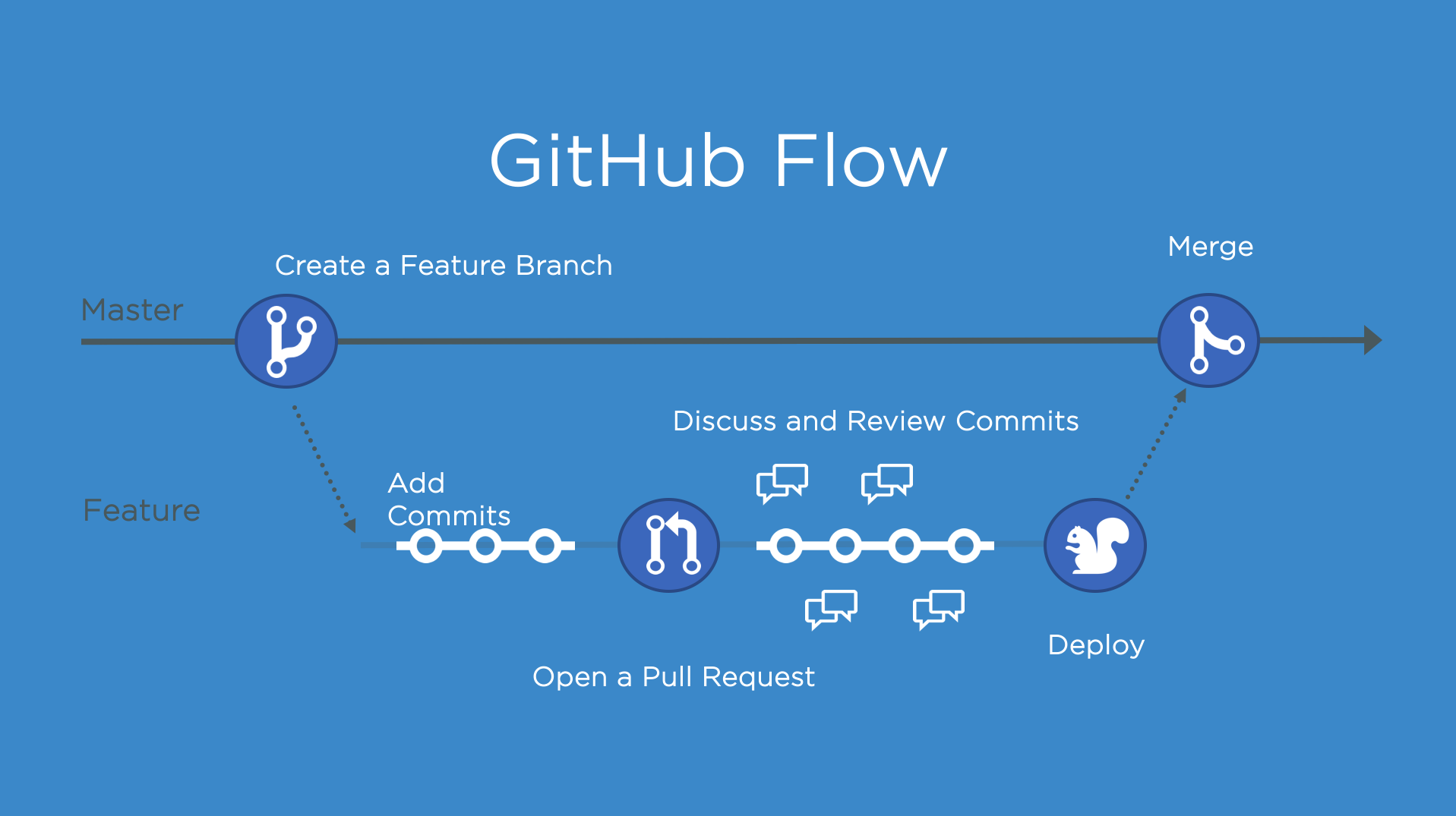FastAPI based API for transcribing audio files using faster-whisper and NVIDIA NeMo
More details on this project on this blog post.
- 🤗 Open-source: Our project is open-source and based on open-source libraries, allowing you to customize and extend it as needed.
- ⚡ Fast: The faster-whisper library and CTranslate2 make audio processing incredibly fast compared to other implementations.
- 🐳 Easy to deploy: You can deploy the project on your workstation or in the cloud using Docker.
- 🔥 Batch requests: You can transcribe multiple audio files at once because batch requests are implemented in the API.
- 💸 Cost-effective: As an open-source solution, you won't have to pay for costly ASR platforms.
- 🫶 Easy-to-use API: With just a few lines of code, you can use the API to transcribe audio files or even YouTube videos.
- Linux (tested on Ubuntu Server 22.04)
- Python 3.9
- Docker
- NVIDIA GPU + NVIDIA Container Toolkit
To learn more about the prerequisites to run the API, check out the Prerequisites section of the blog post.
Build the image.
docker build -t wordcab-transcribe:latest .Run the container.
docker run -d --name wordcab-transcribe \
--gpus all \
--shm-size 1g \
--restart unless-stopped \
-p 5001:5001 \
-v ~/.cache:/root/.cache \
wordcab-transcribe:latestYou can mount a volume to the container to load local whisper models.
If you mount a volume, you need to update the WHISPER_MODEL environment variable in the .env file.
docker run -d --name wordcab-transcribe \
--gpus all \
--shm-size 1g \
--restart unless-stopped \
-p 5001:5001 \
-v ~/.cache:/root/.cache \
-v /path/to/whisper/models:/app/whisper/models \
wordcab-transcribe:latestYou can simply enter the container using the following command:
docker exec -it wordcab-transcribe /bin/bashThis is useful to check everything is working as expected.
⏱️ Profile the API
You can profile the process executions using py-spy as a profiler.
# Launch the container with the cap-add=SYS_PTRACE option
docker run -d --name wordcab-transcribe \
--gpus all \
--shm-size 1g \
--restart unless-stopped \
--cap-add=SYS_PTRACE \
-p 5001:5001 \
-v ~/.cache:/root/.cache \
wordcab-transcribe:latest
# Enter the container
docker exec -it wordcab-transcribe /bin/bash
# Install py-spy
pip install py-spy
# Find the PID of the process to profile
top # 28 for example
# Run the profiler
py-spy record --pid 28 --format speedscope -o profile.speedscope.json
# Launch any task on the API to generate some profiling data
# Exit the container and copy the generated file to your local machine
exit
docker cp wordcab-transcribe:/app/profile.speedscope.json profile.speedscope.json
# Go to https://www.speedscope.app/ and upload the file to visualize the profileOnce the container is running, you can test the API.
The API documentation is available at http://localhost:5001/docs.
- Audio file:
import json
import requests
filepath = "/path/to/audio/file.wav" # or any other convertible format by ffmpeg
data = {
"alignment": True, # Longer processing time but better timestamps
"diarization": True, # Longer processing time but speaker segment attribution
"dual_channel": False, # Only for stereo audio files with one speaker per channel
"source_lang": "en", # optional, default is "en"
"timestamps": "s", # optional, default is "s". Can be "s", "ms" or "hms".
"word_timestamps": False, # optional, default is False
}
with open(filepath, "rb") as f:
files = {"file": f}
response = requests.post(
"http://localhost:5001/api/v1/audio",
files=files,
data=data,
)
r_json = response.json()
filename = filepath.split(".")[0]
with open(f"{filename}.json", "w", encoding="utf-8") as f:
json.dump(r_json, f, indent=4, ensure_ascii=False)- YouTube video:
import json
import requests
headers = {"accept": "application/json", "Content-Type": "application/json"}
params = {"url": "https://youtu.be/JZ696sbfPHs"}
data = {
"alignment": True, # Longer processing time but better timestamps
"diarization": True, # Longer processing time but speaker segment attribution
"source_lang": "en", # optional, default is "en"
"timestamps": "s", # optional, default is "s". Can be "s", "ms" or "hms".
"word_timestamps": False, # optional, default is False
}
response = requests.post(
"http://localhost:5001/api/v1/youtube",
headers=headers,
params=params,
data=json.dumps(data),
)
r_json = response.json()
with open("youtube_video_output.json", "w", encoding="utf-8") as f:
json.dump(r_json, f, indent=4, ensure_ascii=False)Before launching the API, be sure to install torch and torchaudio on your machine.
pip install --upgrade torch==1.13.1+cu117 torchaudio==0.13.1 --extra-index-url https://download.pytorch.org/whl/cu117Then, you can launch the API using the following command.
poetry run uvicorn wordcab_transcribe.main:app --reload- Ensure you have the following tools :
- poetry
- nox and nox-poetry
- Clone the repo
git clone
cd wordcab-transcribe- Install dependencies and start coding
poetry shell
poetry install --no-cache
# install pre-commit hooks
nox --session=pre-commit -- install
# open your IDE
code .- Run tests
# run all tests
nox
# run a specific session
nox --session=tests # run tests
nox --session=pre-commit # run pre-commit hooks
# run a specific test
nox --session=tests -- -k test_something- Create an issue for the feature or bug you want to work on.
- Create a branch using the left panel on GitHub.
git fetchandgit checkoutthe branch.- Make changes and commit.
- Push the branch to GitHub.
- Create a pull request and ask for review.
- Merge the pull request when it's approved and CI passes.
- Delete the branch.
- Update your local repo with
git fetchandgit pull.
